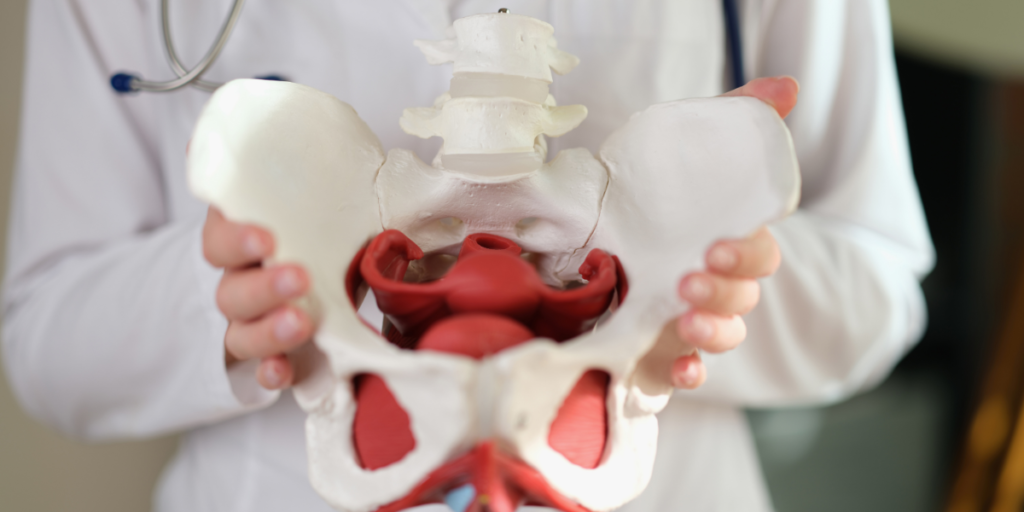Pelvic Congestion Syndrome (PCS) is a chronic condition caused by the abnormal expansion of the veins in the pelvic region, leading to pain and discomfort. This condition can have a significant impact on one’s quality of life, making it crucial to explore various management strategies, including exercise tips, to alleviate symptoms and improve overall well-being.
Understanding Pelvic Congestion Syndrome
Pelvic Congestion Syndrome (PCS) is characterized by chronic pelvic pain that is often worse with prolonged sitting or standing. This condition predominantly affects women, especially those who have had multiple pregnancies, but it can also occur in men. The exact cause of PCS is not fully understood, but it is believed to be associated with hormonal fluctuations and the weakening of the vein walls in the pelvic area. The resulting engorgement of the pelvic veins leads to pain, discomfort, and other troubling symptoms.
Exercise as a Management Strategy
Various management strategies can help individuals cope with the symptoms and improve their quality of life. Exercise, in particular, plays a crucial role in managing PCS by promoting overall physical and mental well-being. Here are some exercise tips to consider for managing Pelvic Congestion Syndrome.
- Low-Impact Aerobic Exercises
Engaging in low-impact aerobic exercises such as walking, swimming, and cycling can help improve blood circulation and reduce pelvic congestion. These exercises are gentle on the body and can be tailored to individual fitness levels, making them accessible to most individuals with PCS.
- Pelvic Floor Exercises
Strengthening the pelvic floor muscles through targeted exercises can help alleviate some of the symptoms associated with PCS. Kegel exercises, in particular, can help improve pelvic muscle tone and promote better bladder control, which can be affected by pelvic congestion.
- Yoga and Stretching
Practicing yoga and incorporating stretching exercises can help alleviate muscle tension and promote relaxation, which may in turn reduce pelvic pain. Yoga poses that focus on the pelvic region and gentle stretching routines can be beneficial for individuals with PCS.
- Core Strengthening Exercises
Building core strength can help support the pelvic region and reduce strain on the affected veins. Incorporating exercises that target the abdominal muscles and lower back can help improve stability and reduce discomfort associated with PCS.
- Mind-Body Exercises
Mindfulness practices such as meditation and deep breathing exercises can help individuals manage stress, which can exacerbate symptoms of PCS. Incorporating these mind-body exercises into a daily routine can contribute to overall symptom management.
Treatment
Incorporating exercise into a comprehensive management plan can significantly impact the quality of life for individuals affected by Pelvic Congestion Syndrome. By engaging in low-impact aerobic exercises, pelvic floor exercises, yoga and stretching, core strengthening exercises, and mind-body practices, individuals can take proactive steps towards managing their symptoms and promoting overall well-being.
However, if you or someone you know is struggling with PCS, even after incorporating these exercise tips into your daily routine, you may require minimally-invasive procedural treatment to successfully improve quality of life, experience relief, and improve functioning. This may be accomplished by the embolization of certain pelvic veins such as ovarian vein embolization. For more information on managing and treating Pelvic Congestion Syndrome, consult with the experts at VidaVascular to explore personalized treatment options and comprehensive support.




